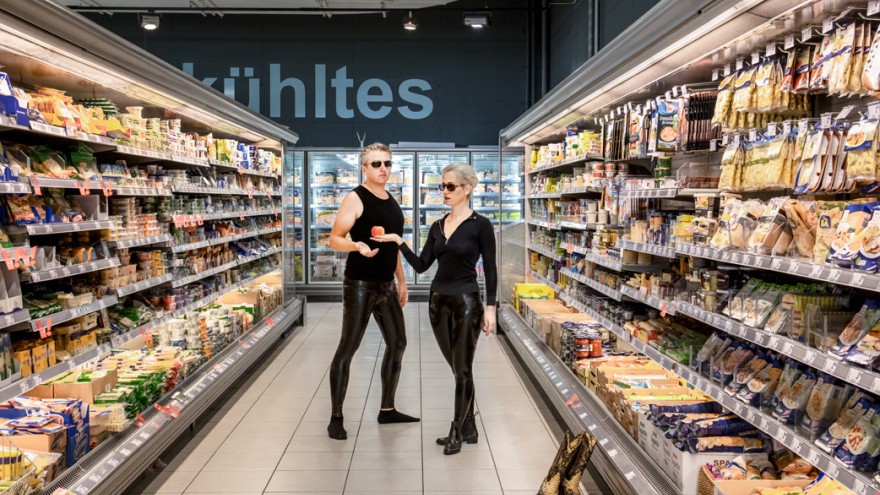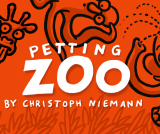Fearless. Ironic. Supercool. Borderline esoteric. Brilliantly observed. It is difficult to encapsulate provocateurs Martin Hablesreiter and Sonja Stummerer.
The couple were practising architects in Vienna until their favourite obsession – food design – became an overwhelming compulsion and set their careers on quite a different course.
The University of Applied Arts Vienna graduates both worked at Atelier Arata Isozaki & Associates in Tokyo, but found that few people in the city could pronounce their surnames, so they began to refer to themselves as ‘Honey and Bunny’.
What started as a joke determined their new identity in their new roles as they set about focusing on the ethics and aesthetics of eating. The duo opened their interdisciplinary design atelier, Honey and Bunny, in Vienna in 2003.
“During our studies, we explored a lot of different design. Once we came up with the idea of designing plates and dishes, we began to ask, ‘Who actually designs what is on the plates?’” says Stummerer, adding that this was just the beginning of what has proved a lifelong journey.
The pair has dedicated themselves to deconstructing the habits and tools of food preparation and consumption – whether designing edible goods and developing ‘eat art’ performances, or directing films, writing books and exploring weighty issues like sustainable food design, they are keen to engage consumers and challenge them to change, or at least rethink, their behaviour.
Too charming to be Dadaists, they are nevertheless more than a little zany, delivering their messages in bizarre and amusing ways.
Honey and Bunny frequently curate experiences that force people out of their comfort zones, like ‘Eat Design’, a book and project which question the unwritten ways in which we consume food.
For the project, diners were forced to eat kneeling, lying down, or using plates suspended from the ceiling, with tables set with dirty dishes, nail clippers, or weapons, or simply fenced off with barbed wire. They also ate insects served up with dessert.
The pair’s ‘eat | VALUE | design’ performance at the Victoria and Albert Museum in London questioned why we eat soup with a spoon or sit on chairs, presenting a mish-mash of foods to be eaten with unusual tools. Ironic and playful, these projects encourage us to interrogate where, how and what we eat, and remind us that food is a design issue – every food we consume has, on some level, been designed.
Honey and Bunny’s latest project is a book entitled ‘Cleaning’, which investigates rituals, traditions and conventions around design objects that go completely unnoticed. “On the basis of the private, almost intimate, cleaning process we disclose social and political questions around equality, work migration, ecology and modern slavery,” they assert on their website https://www.honeyandbunny.com/.
If esoteric installations and provocative performances are up your alley, you can’t afford to miss Honey and Bunny at #DI2020, where they plan to dish up something quite beyond the norm.
For more on these dynamic outliers and their delicious ideas, please see their Design Indaba interview here: https://www.designindaba.com/articles/interviews/qa-honey-and-bunny
Find out more about their book ‘Eat Design’ here: https://www.designindaba.com/articles/creative-work/food-thought
Follow Honey and Bunny on Instagram: honeyand_bunn
Tickets for the Design Indaba 2020 are available through www.webtickets.co.za.
For more information:
www.designindaba.com | Facebook – @designindaba | Twitter – @designindaba | Instagram @designindaba
About Design Indaba:
The globally acclaimed Design Indaba Conference was established in 1995 and has evolved into a multidisciplinary platform that champions the creative sectors. Its guiding principle is a Better World Through Creativity.










